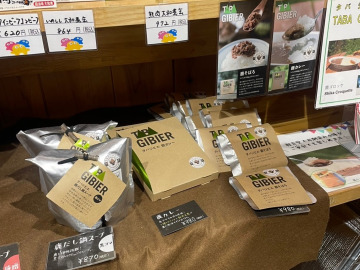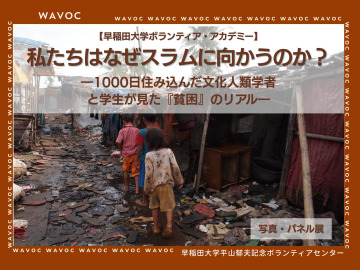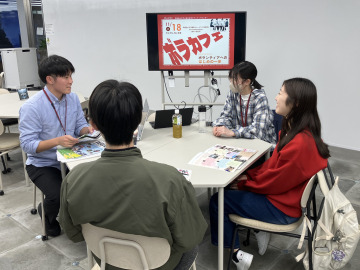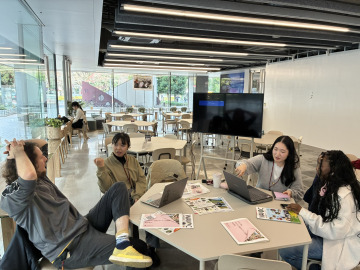【Student Voice 1】International Students Volunteering for Disaster Recovery in Japan
Third-year student, School of Political Science and Economics LIM Wei leong bryan
In the Noto Peninsula (Ishikawa):
On 1st January 2024, a massive earthquake with a seismic activity of 7 struck the Noto Peninsula, located near the northern coast of Ishikawa Prefecture. That day, I remember experiencing a moderately long period of tremor while in my dormitory in Tokyo. When the tremor struck Tokyo, the earthquake warning system from my mobile phone’s application gave me a warning to be prepared for a tremor of about magnitude 4. Not thinking much about it, I carried on going about my daily chores, until I realized that the epicenter of the earthquake was located at the northern part of Ishikawa Prefecture, more than 350km away from where I was. It that dawned upon me how intense the tremors near the epicenter must have been. Sure enough, this earthquake on New Year’s Day wreaked massive havoc on the lives and livelihoods of the people in the Ishikawa region.

I have been very fortunate to have grown up in a country that does not experience such natural disasters. While I have seen news reports on the destruction wrought upon by natural disasters, I know that the realities experienced by the people in these disaster struck regions are much more unforgiving than we can imagine. On 25th to 26th October 2024, I was privileged to have the opportunity to join staff from WAVOC on a disaster relief volunteering trip to Wajima city, located in the Noto Peninsula close to the epicenter of the earthquake. Over at the Wajima City Volunteer Centre, we were split into groups together with other volunteers hailing from all over Japan. That day, my team was assigned to a beneficiary that required our assistance in removing mud accumulated in her backyard from the intense rainfall that occurred in the Wajima region. After gathering the necessary equipment needed, we proceeded to the beneficiary’s place of residence to commence our volunteering activity.
One valuable advice given from the WAVOC staff that accompanied us on the trip was to participate in the volunteering activity with an open mind, and to make the most out of the experience by interacting with other fellow volunteers in our team. Through the conversations with other fellow volunteers, I realized that many of my team members were regular volunteers who have been making weekly trips down to Wajima City to assist in the disaster relief operations. They were generous in sharing their experiences in volunteering, and patiently guided us during the volunteer activity. No matter how tiring or laborious the volunteer work was, my group members constantly made an effort to look out for us and encouraged us to carry on. Seeing the efforts put in by the other volunteers also encouraged me to put my best foot forward in carrying out the disaster relief volunteering activities. I was particularly moved by the resilience and positivity of the people in the disaster-stricken region. I vividly recall the beneficiary we were helping expressing her profound gratitude for simply being alive and appreciating the small joys in her everyday life. She shared how a landslide had occurred just a few meters from her home, narrowly sparing her life. Her story deeply resonated with me, serving as a poignant reminder not to take the everyday aspects of life for granted.
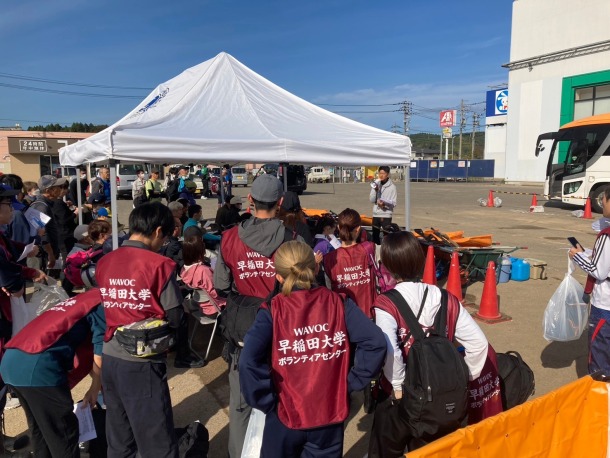 |
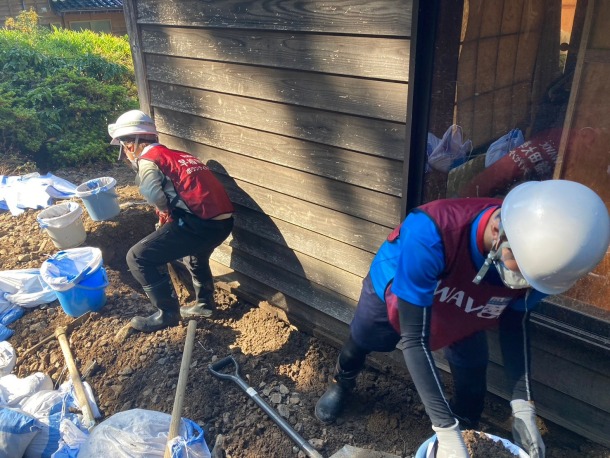 |
In Kesennuma (Miyagi) and Rikuzentakata (Iwate):
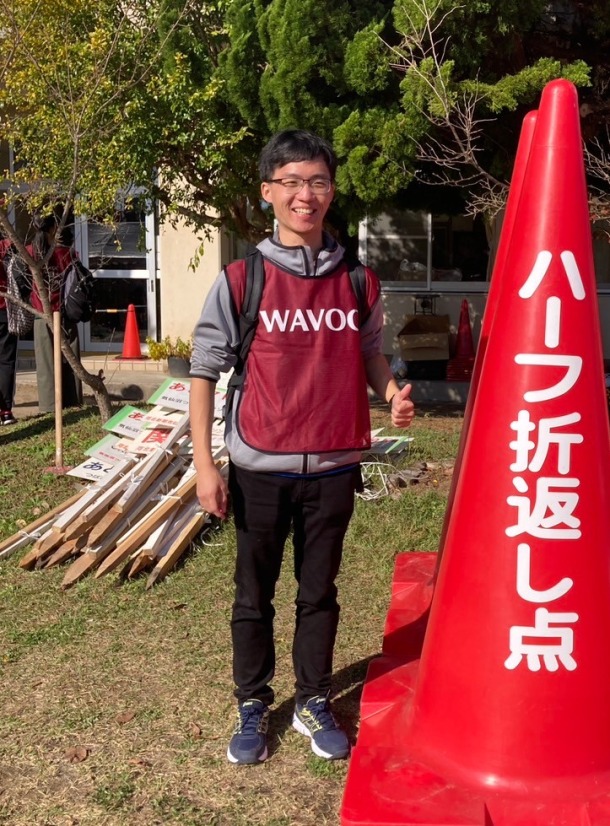 On top of the Noto Peninsula disaster relief volunteer trip, I was also given an opportunity to participate in a study trip to Kesennuma, an area in the Tohoku Region that was badly hit by the Tsunami that struck on 11th March 2011. Over at Kesennuma, we had the opportunity to learn how the community overcame and rebuilt their lives after the Tsunami. What left a profound impression on me was the pivotal role of the local community in supporting one another in navigating life’s challenges – supporting one another in daily life and uniting during times of crisis. These lessons can be applied to our daily lives as well – to remind ourselves to help each other wherever possible, and to remain resilient through the ups and downs of life.
On top of the Noto Peninsula disaster relief volunteer trip, I was also given an opportunity to participate in a study trip to Kesennuma, an area in the Tohoku Region that was badly hit by the Tsunami that struck on 11th March 2011. Over at Kesennuma, we had the opportunity to learn how the community overcame and rebuilt their lives after the Tsunami. What left a profound impression on me was the pivotal role of the local community in supporting one another in navigating life’s challenges – supporting one another in daily life and uniting during times of crisis. These lessons can be applied to our daily lives as well – to remind ourselves to help each other wherever possible, and to remain resilient through the ups and downs of life.
I am deeply grateful for the chance to hear first-hand accounts from individuals who endured the devastating impact of these natural disasters. It is my hope that their stories will serve as a reminder for me to always remain steadfast in the face of adversities, and to be grateful for the small yet meaningful things in life.
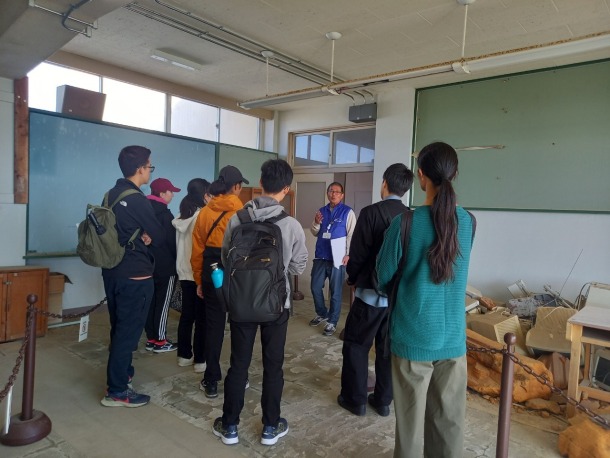 |
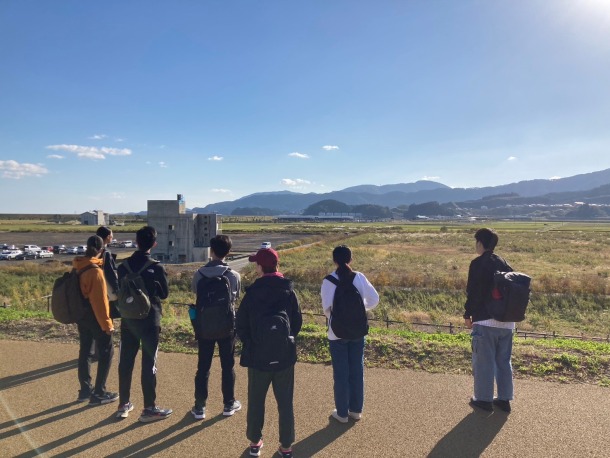 |

